The shift happens slowly—most people don’t notice it at first
Your brows don’t suddenly drop. They ease downward over time. It starts with heaviness near the outer edge. A slight flattening. Less arch. It’s not dramatic. But something looks tired—even when you aren’t.
The change is gradual. Skin loses elasticity. Fat pads shift. Muscles around the eye pull differently. Gravity plays its part. What once lifted begins to settle. Some call it aging. Others just feel like their face doesn’t match how rested they are.
Most people notice it in photos. Or when applying makeup. When the face looks less awake than it feels. And once you see it, you start seeing it everywhere.
The outer brow drops first—then the center follows
It rarely falls all at once. The tail of the brow is first. That’s where support weakens. The arch fades. The curve softens. Then the center of the brow begins to flatten. Some describe it as a “hooded” look. Others say their eyelid makeup disappears.
The eye area becomes heavier. The upper lid feels crowded. You may raise your forehead more—without realizing. That can lead to forehead lines, even tension headaches. Constant lifting becomes a habit you didn’t choose.
It’s not just about how it looks. It’s about how it feels to hold your expression.
Bone and fat changes affect structure
Under the skin, aging changes bone and fat. The brow bone resorbs slightly. Volume shifts away from the temples. That structural support disappears. Without it, the skin folds differently.
The loss of fat above the brow also makes the area appear more sunken. That deepens shadows. It makes the eyes look more recessed—even if the vision stays the same. Lighting feels harsher. Reflections feel unfamiliar.
Support disappears quietly—but the change shows up in light and shadow.
Muscles compensate—sometimes too much
As brows drop, the forehead muscles overwork. You lift them constantly. To see better. To open your eyes more fully. This leads to horizontal lines. It trains your face to stay in tension.
Some people say they feel “tired from the eyebrows up.” It’s not imagination. The effort to keep your face lifted becomes unconscious. Constant. Fatiguing. Even when you rest, your face doesn’t.
That’s why brow position affects more than appearance—it changes how you use your face.
Brow asymmetry becomes more visible with time
Most brows aren’t perfectly symmetrical to begin with. But aging can exaggerate the difference. One side may fall faster. One arch may fade sooner. The imbalance grows clearer with time.
You may notice it when doing eyeliner. Or in selfies. Or when photos flip the image. It’s not vanity. It’s visual. One eye looks smaller. One looks heavier.
And once you see it, it’s hard to unsee. Even if no one else mentions it, you do. To yourself. In the mirror.
Makeup stops sitting the same
What once worked no longer does. Shadows crease differently. Liner drags. The skin folds. Lids feel heavier. Brows get lost. The canvas shifts.
You start using different products. Different techniques. You raise your brows in the mirror to find the old shape. That lift—done with fingers or expression—becomes routine.
Some days it works. Other days it doesn’t. And that becomes part of the daily calculation.
Some seek solutions—not just lifts
Not everyone wants surgery. Some turn to Botox for a subtle lift. It can relax the muscles pulling the brows downward. That allows the brow to rise gently. Just enough to feel lighter.
Others consider threads. Fillers near the temples. Skin-tightening devices. Some explore surgical lifts—especially if vision is affected. The decision isn’t always about beauty. It’s often about clarity. Comfort. Recognition.
Each option works differently. But the goal is often the same: to match how you feel with how you look.
Emotional shifts follow physical ones
People don’t always talk about this part. But when your face changes, your sense of self adjusts too. Sometimes slowly. Sometimes all at once. You remember old photos. You compare. Not out of sadness—but curiosity.
It’s not about loss. It’s about reorientation. Who you were. Who you are. The brow isn’t just about expression—it’s about identity. You notice how often you avoid cameras. How much more effort it takes to look how you feel inside.
This is where internal and external meet.
What used to be effortless now takes planning
Simple things change. Glasses sit differently. Sunglasses don’t cover the eyes the same way. Even raising eyebrows feels tighter. You notice you tilt your head more to see better. Not just when reading. But in conversation.
Small things start to matter. The way light falls. The weight of skin on your eyelid. The creasing when you blink too quickly. It’s not dramatic. But it adds up.
It becomes part of your daily routine—whether you name it or not.
Some wait years before deciding what to do
You might not act right away. You might wait. Read. Ask. Watch. Time gives you space to understand what feels right. There’s no rush. Aging is slow—and so is decision.
You might try makeup tricks. Facial exercises. Light devices. Maybe they help. Maybe they don’t. But all of it is part of the process.
Understanding change doesn’t mean fearing it. It means noticing it. Naming it. And then deciding how to live with it—or shift it.
